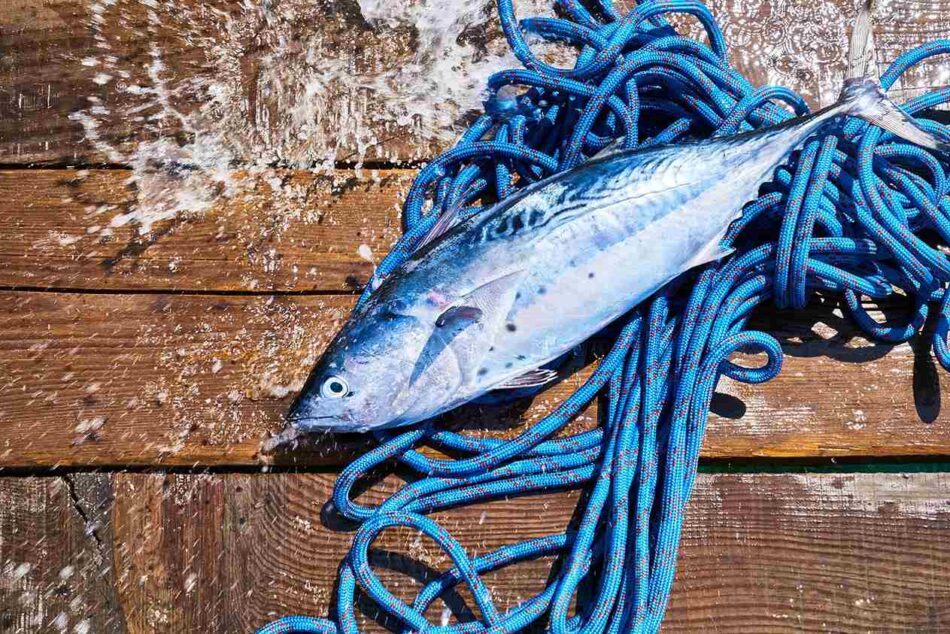Fish and game are naturally more plentiful in those hard-to-get areas with sparse human populations. They are also more plentiful in states that regulate the bag limits closely and respect wilderness areas as fragile ecosystems governed by nature’s own rules of supply and demand. Before including fishing and hunting into your itinerary of camping enjoyment, check with the state you are entering for permits and licenses. Each state will have different policies and permits are usually governed by region.
Maine Aroostook Region
Maine provides enormous opportunities for all types of off-road enjoyments; from hiking, camping, and winter recreational sports to hunting and fishing. Many of the Maine off-road trails are privately owned, but the owners work closely with Maine Fish and Wildlife Management to create an enjoyable experience for all off-road driving adventures. Many of these private areas offer guide services, rental cabins, and off-road camping sites.
The Aroostook Region is one of the most flourishing wilderness areas in the Continental United States. It offers two distinct geological features. West of Route 11 in Aroostook County is the “Big Woods.” Covering two-thirds of the northern area of Maine, the Big Woods is primarily coniferous forests, managed for timber products. The hunter can choose from full-service lodges, and primitive campsites or choose the main base, one of the small quaint towns east of the management area. There is a nominal fee charged to those who enter this wilderness region, but once in, there are 3.5 million acres of non-posted land, with minimal regulations. The Big Woods hunting includes white-tailed deer, moose, and black bears.
The eastern portion of the Aroostook region is agricultural. It is a mixture of cultivated fields, abandoned farmland, wetlands, and woods, covering approximately 6,500 acres. Its central feature is the Hodgdon Mill Pond, which is two acres of shallow marsh, managed primarily for waterfowl. Waterfowl hunting is permitted during the regular waterfowl season as described by the Migratory Game Bird Hunting Schedule. Other hunting opportunities within the area include bear, deer, moose, snowshoe hare, ruffled grouse, and woodcock.
With numerous lakes and rivers, Aroostook County also has ample opportunity for fishing. Fish species include trout, land-locked salmon, muskellunge, and smallmouth bass.
Huron-Manistee National Forest
Michigan boasts thousands of lakes, and several thousand of them are in the Huron-Manistee National Forest. Nearly 100,000 acres of public lands extend across the lower peninsula of Michigan; of which 5, 786 acres are wetlands. The area is extremely popular for its bountiful wildlife, and its opportunities for camping, boating, hiking, winter recreational activities, fishing, trapping, and hunting.
The Huron-Manistee National Forest has strict regulations regarding the use of all-terrain vehicles for hunting and length of stay in the various campgrounds, so before planning a trip into the area, check with the road manager for seasonally open roads and camping facilities. They will provide you with a Motor Vehicle Use Map (MVUP) so your hunting, trapping, or fishing experience will stay in compliance with state guidelines.
Apart from the restrictions, there are ample opportunities for off-road driving in the beautiful Huron-Manistee region. A very pleasant drive is the River Road National Scenic Byway. The twenty-two-mile road parallels the historic Riviere aux Sable (River of Sand) and offers facilities for camping, fishing, and recreational activities.
The Jack Pine Wildlife Viewing Tour is a self-guided off-road tour through the jack-pine ecosystem that houses a variety of wildlife, including the endangered Kirtland’s warbler. The 58-mile trip also provides opportunities to stop at one of the many recreational facilities along the Au Sable River.
No matter where you are in Michigan, you can acquire hunting, trapping, and fishing permits. Hunting includes black bear, elk, small game such as rabbit and squirrel, game birds that include grouse, quail, pheasant, turkey and woodcock, waterfowl, and white-tailed deer. Trapping includes fisher and martin, muskrat and mink, bobcat, beaver and otter, fox and coyote, badger, and raccoon.
Hood River Oregon
Hood River is best known as a world-class windsurfer destination. The broad river, with dozens of enticing sand beaches, with accesses that appeal to beginners, intermediates, and experts, has all the appeal that Hawaii has to a wave surfer. But windsurfing isn’t Hood River’s only specialty. It is also the location for some fabulous, world-class fishing. Fall run King salmon rush into the mouths of the Deschutes, White Salmon, and Klickitat Rivers. Bonneville Bass Steelhead and salmon frequent the Colombia River Gorge. The numerous streams and tributaries in Hood River county are energetic with salmon, steelhead, bass, sturgeon, and trout.
Camping options are also numerous, from primitive campsites with no running water and no toilet facilities to the Colombia River Gorge Resort, with a children’s play area, golf course, pond, volleyball, and a country store. Hunting includes mule deer, elk, waterfowl, and wild turkey.
Hood River seems to cover all the criteria for a perfect off-road vacation. It’s relatively dry in the summer, with temperatures rarely exceeding 82 degrees Fahrenheit, with wet, mild winters, averaging around forty degrees. The county is riveted with off-road trails and is very off-road friendly. However, the inhabitants are reluctant to broadcast their favorite off-road fishing, hunting, and camping spots to the general public, so like just about anywhere you go for your off-road adventure, if you want to know the very best spots, it’s best to get to know a few of the locals. And if you want the area to stay in its pristine condition, best not to give away any of your newfound secrets.
About the Author: Karla Fetrow is an experienced off-road driver tackling some of the toughest terrains in the U.S. in Alaska on a daily basis. Having been raised in the remote areas of Alaska, it is common knowledge to the rural inhabitant that there are places you just can’t go without a Jeep, Jeep Wrangler, or another sturdy off-road vehicle. Karla frequently writes on behalf of Extreme Terrain.








